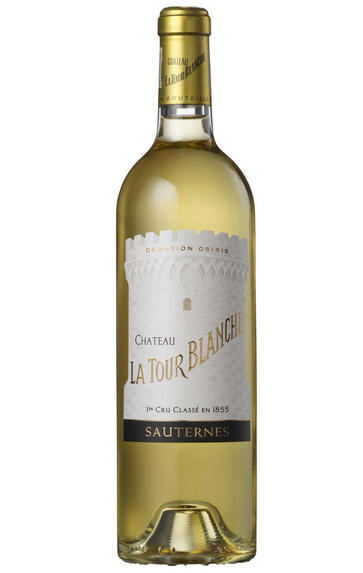
About this WINE
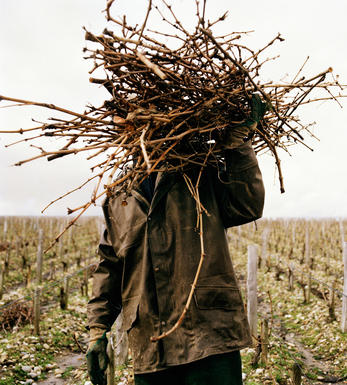
Chateau La Tour Blanche
Château La Tour Blanche was classified as a 1er Cru Classé in the 1885 Classification, rated the finest Sauternes property after d`Yquem. In 1909 the proprietor, Monsieur Osiris, bequeathed the estate to the state on condition that the property be used for educational purposes. In 1911 it became the Ecole de Viticulture et Oenologie and has been owned by the Ministry of Agriculture ever since.
The quality of La Tour Blanche's wines was nothing to write home about until the appointment of Jean-Pierre Jausser as administrator in 1983. He breathed new life into the property and has elevated La Tour Blanche into the very top ranks of Sauternes producers.
La Tour Blanche's vineyard consists of 30 hectares of vineyards and the wine is typically a blend of 70% Sémillon, 20% Sauvignon Blanc, and 10% Muscadelle. The grapes are fermented in a combination of oak barrels and stainless steel tanks and the wine is then aged in 100% new oak barrels for 18-24 months.
La Tour Blanche's wines are now amongst the richest, most powerful and most exotic being produced in Sauternes today. They have marvellous ageing potential.
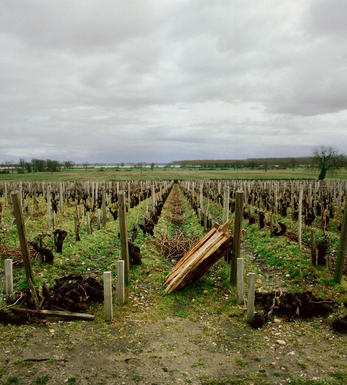
Sauternes
Sauternes is where arguably the world's finest sweet white wines are produced. The Sauternes appellation actually consists of five communes: Barsac, Preignac, Bommes, Fargues and Sauternes itself. Barsac is also an appellation in its own right.
Sauternes literally has an atmosphere different from any of the other major communes. At the southern tip of the Graves,close to the Garonne, not only is the land hillier and decidedly more bucolic but it also enjoys a specific mesoclimate of evening autumn mists which linger until well into the following day, unless burnt off by warm sunshine.
The mists are caused by the cool, spring-fed waters of the Ciron River meeting the warmer tidal Garonne, and the result is an ideal environment for the growth of the mould botrytis cinerea. When its arrival is felicitous, it feeds on the water in the ripe grapes, dehydrating them and leaving sweet, shriveled fruit.Other regions in Bordeaux (ie Cadillac, Loupiac) produce wines in a similar style from the same method, but none achieve the profundity and complexity of Sauternes.
Recommended Châteaux : Ch. D'Yquem, Ch. Climens (Barsac), Ch. Suduiraut, Ch. Rieussec, Sigalas- Rabaud, Ch. Coutet (Barsac), Ch. de Fargues, Ch. Lafaurie-Peyraguey, Ch. Doisy-Védrines (Barsac), Chateau Partarrieu, La Tour Blanche
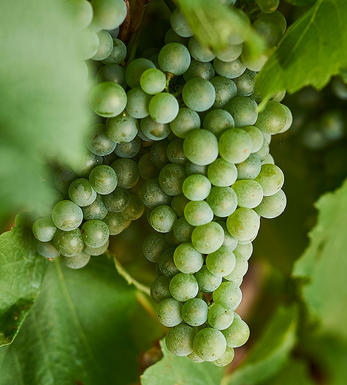
Sauvignon Blanc & Sémillon
The blend used for White Graves and Sauternes and rarely encountered outside France. In the great dry whites of Graves, Sauvignon Blanc tends to predominate in the blend, although properties such as Smith Haut Lafite use 100% Sauvignon Blanc while others such as Laville Haut Brion have as much as 60% Sémillon in their final blends. Sauvignon Blanc wines can lose their freshness and fruit after a couple of years in bottle - if blended with Sémillon, then the latter bolsters the wine when the initial fruit from the Sauvignon fades. Ultimately Sauvignon Blanc gives the wine its aroma and raciness while Sémillon gives it backbone and longevity.
In Sauternes, Sémillon is dominant, with Sauvignon Blanc playing a supporting role - it is generally harvested about 10 days before Sémillon and the botrytis concentrates its sweetness and dampens Sauvignon Blanc`s naturally pungent aroma. It contributes acidity, zip and freshness to Sauternes and is an important component of the blend.


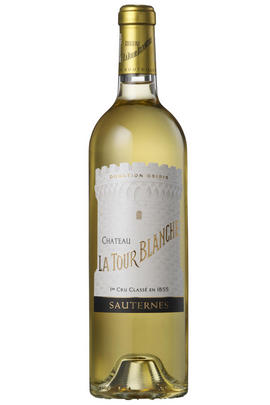
Buying options
Add to wishlist
wine at a glance
Delivery and quality guarantee